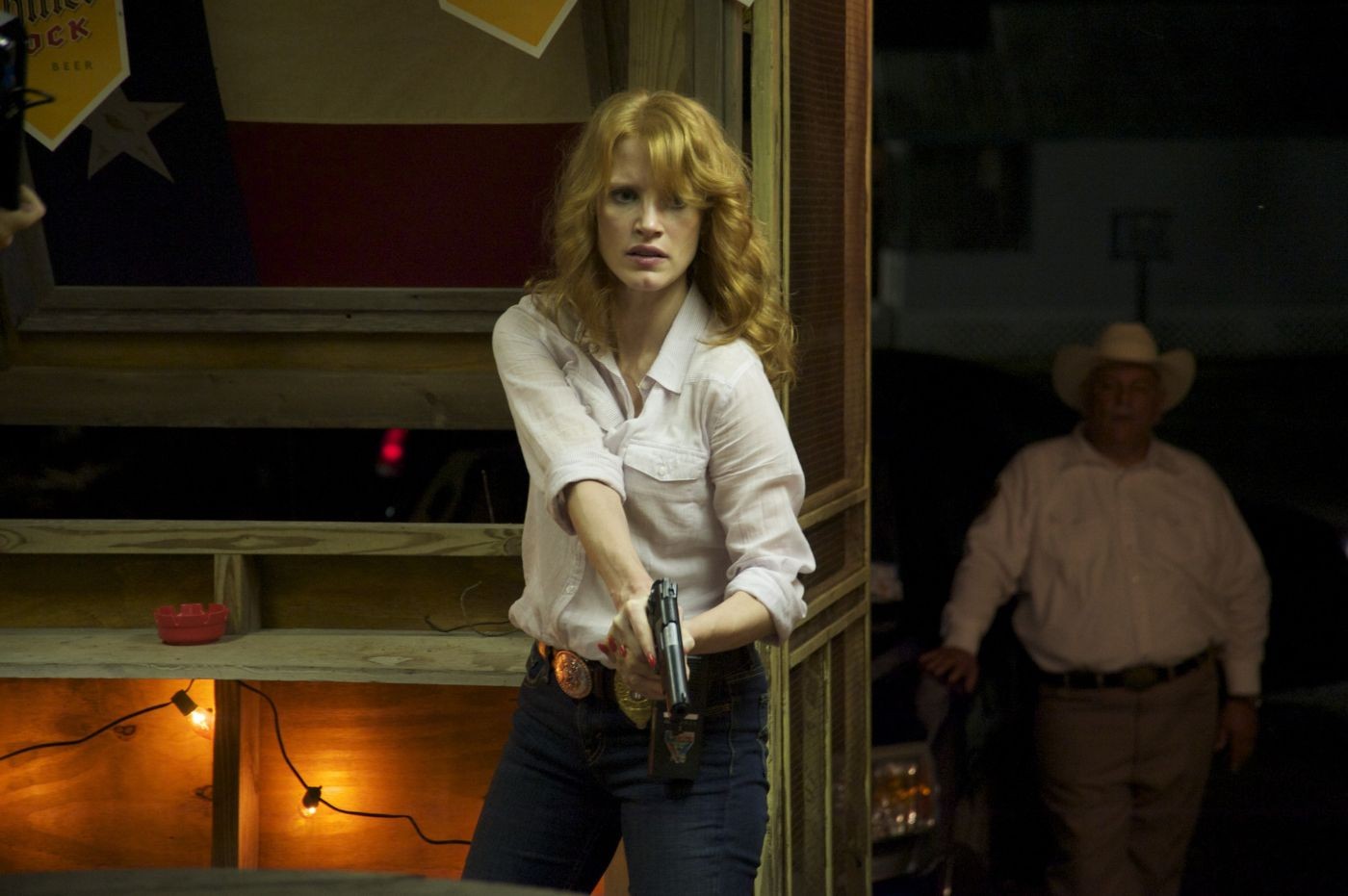Director Ami Canaan Mann was told that the darker and more details about "murder school," the series of classes that begin detectives to learn the tools of their trade bloodshed - murder and the investigation of it. Mann was doing research for his new film, Texas Killing Fields, about two detectives (played by Sam Worthington and Jeffrey Dean Morgan) track a killer who dumps his victims' body in a swamp. The film is not only inspired by real events, but lit by them.
Horse riding as well as the police one night, he was lucky - if "Lucky" is what is called a double murder of trade. Two bodies of sport utility vehicles. Rotting corpses for several days. "It 'was great," he says.
Sitting on the sidelines, she slowly learned all the movements. They took their time scrutinizing everything. "There is no bravado going on stage. No one comes to conclusions quickly." Just the slow diffusion of a systematic intellectual network of the evidence. The pensiveness surprise and found their way into the film.
Also surprising: as sheriffs and investigators dapper dress. Armani does not like the guys on TV, but nice. They asked. They told him, if they're going to have to knock on the door unknown and I told them that their son is dead, they will do.
When building a world, the details of matter. But what? The director looked at how long people were talking to each other - CSI technicians, detectives, police, medical examiners, a multitude of actors in the scene of the tragedy. He noted the brilliance of his shoes. What type of notebooks and pens they use. What are the elements that have hung on car mirrors again. If they wear a hat. How to speak out loud and who, if anyone, they raise their voices. The officers and detectives, he recalls, speaking softly. No screams. Out of respect for the dead, who can not even hear.
Texas Killing Fields move Review trailer relase
Sometimes the details are simple single detail - a demon of class. Other times, they have God in them, and should not be overlooked. The weapons, for example. What kind of weapon that has its main character, Detective Brian Hey, use? The characters in Mann's film is inspired by real people and real life detective Hey Colt revolver used old his father. Why carry a firearm in the first battle when the bad guys pay up now with the latest automatic and that?
"Because we do not want to have to leave," Mann says with satisfaction. Although its origin is not explained, and not seen for a few seconds, the gun (or a replica of the support) made its way into his film, too.
Not everything is screen time. Rode around the county morgue, Mann noted an amputated limb in a plastic bag. He confirmed his belief that nobody needs to see an amputated limb. "I will never go out of my head," she says now, leaning forward on the table, all elbows and intensity. It is designed to seduce, not to shock. She prefers to show, said ants on the fingers a girl died. Ants have an exhibition piece of manuscript, written by former DEA agent Don Ferrarone, the story based on his real life experience investigating homicide in Texas. "This is a this particular detail, "says Mann. "It may have been something he had seen."
Ants. Shape of the lampshade. The human eye color. The shadow. "I feel like it's how people remember traumatic events. Small insignificant details," he adds. "Since we can not absorb all the effects of trauma."
Texas Police Killing Fields' gritty procedure beats the heart of the disaster, a ghost story. The ghosts are a manifestation of the things we hide, Mann thinks. The voice that we can not close our minds. "At the morgue, I remember thinking," There is an entire novel in each of these bodies, "she said." The stories are why I'm here. "
It was sensory information, it was after the protocol by heart, sounds and smells as well as the sights. Visceral knowledge, like the fact that when you get out of the morgue of fresh air, you do not even leave the bodies behind. Your clothes are still full of them. "If you're a cop, you do every day."
He learned some of the work is to improve the relationship with death. "Not only that, but should have a relationship with his reaction to the death. You need to be familiar with how to cope, so they can manage."
On the premise that the only way an artist can convey the real experience is to experience reality, Mann speaks of a "mandate of authenticity." Part of the task is to produce a convincing verisimilitude. The second part "is to understand the gray." To refrain from determining the value of the choices there are signs, too bad: the company is responsible for creating situations that create the bad of what their capture.

No comments:
Post a Comment